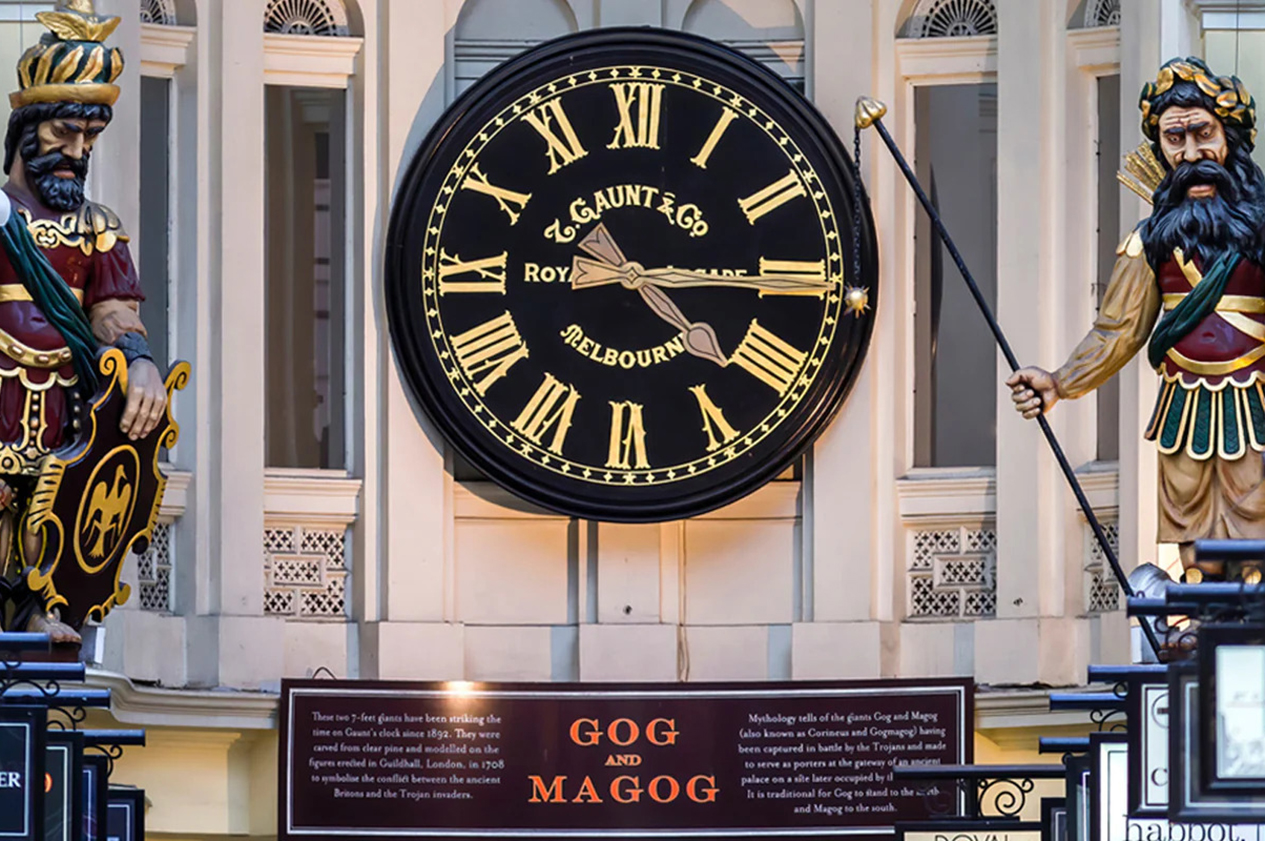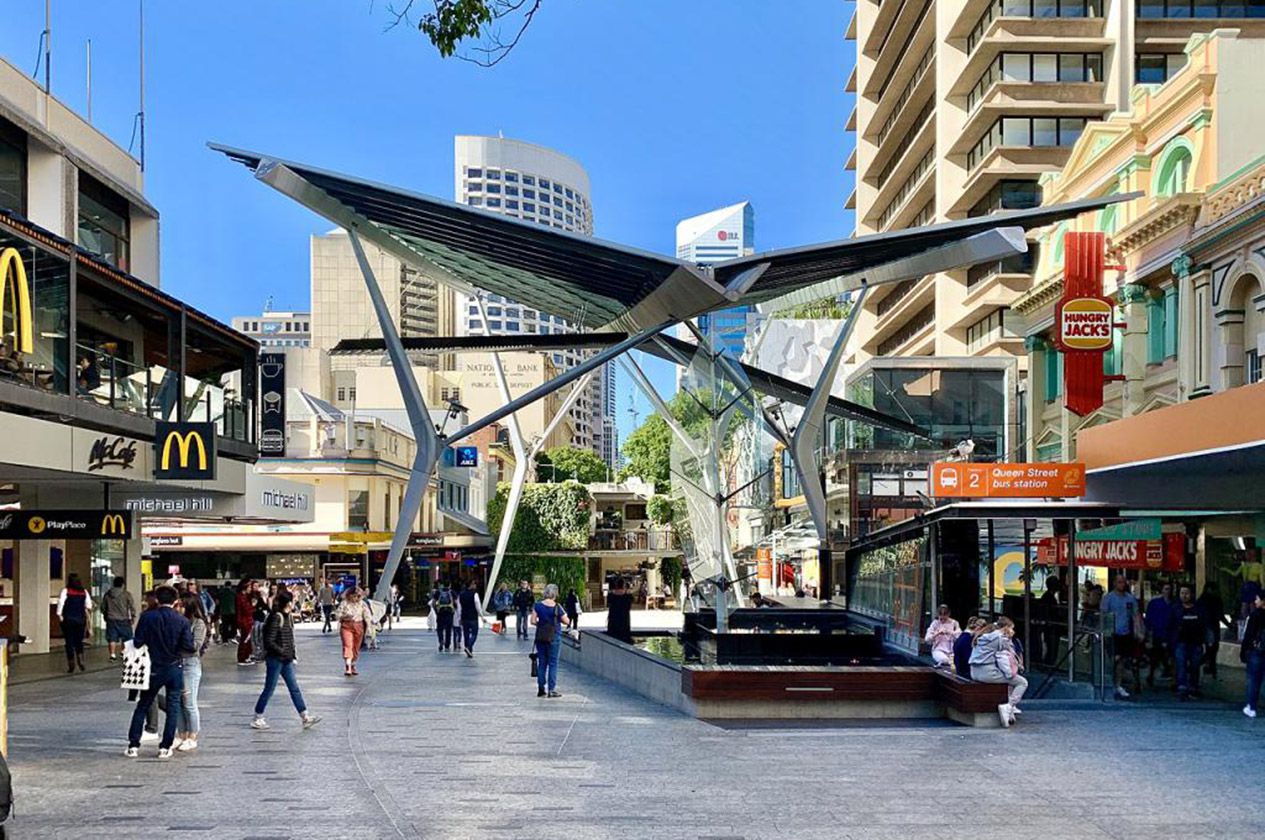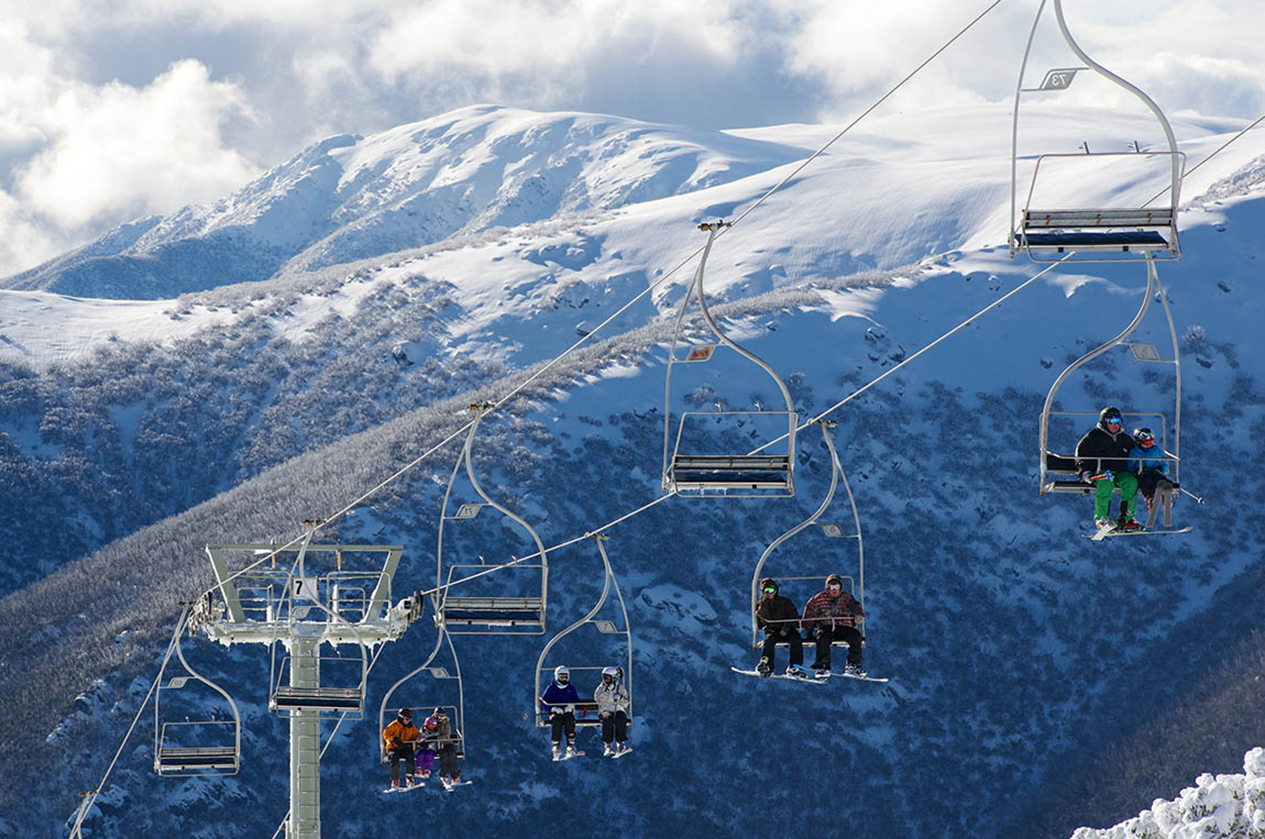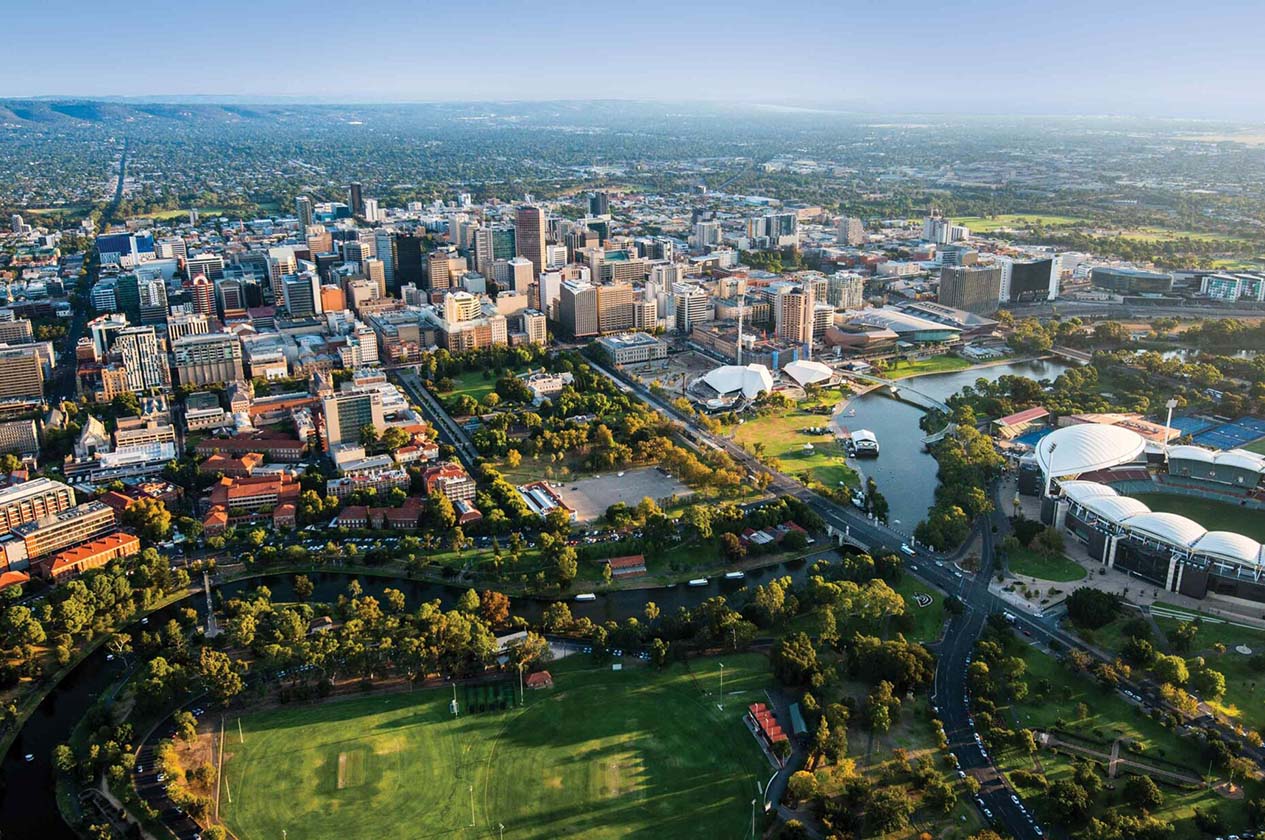Melbourne is a city where history and modernity intertwine beautifully, evident in its diverse architectural landscape. From the charming Victorian buildings that reflect its colonial past to the sleek modern skyscrapers that define its contemporary skyline, Melbourne’s architecture is a testament to its evolving identity. I’ll take you on a journey through some of the city’s most iconic architectural landmarks. I’ll share my personal experiences, tips, and insights to help you appreciate Melbourne’s architectural heritage fully.
1. Exploring the Victorian Elegance: The Royal Exhibition Building
Location: 9 Nicholson Street, Carlton
Why Visit:
The Royal Exhibition Building is an iconic piece of Melbourne’s Victorian architecture and a UNESCO World Heritage Site. Built in 1880 for the Melbourne International Exhibition, it showcases the grandeur and ornate style typical of the era. Its striking dome and intricate detailing make it a must-visit for architecture enthusiasts.
Personal Experience:
Walking up to the Royal Exhibition Building, I was immediately struck by its majestic facade. The blend of Romanesque and Byzantine architectural elements, especially the grand dome and elaborate facade, is simply breathtaking. Inside, the vast exhibition halls exude a sense of historic grandeur. The building’s well-preserved interiors, including the original timber floors and decorative plasterwork, transport you back to the 19th century.
Photography Tips:
- Timing: Visit early in the morning to capture the building in the soft, golden light. The interior lighting is best for photos during guided tours, which provide ample natural light.
- Angles: Shoot from different angles to capture both the grand exterior and the detailed interior. The dome and arches make for dramatic shots.
- Equipment: A wide-angle lens is essential for photographing the expansive interiors and exterior facades.
How to Get There:
The Royal Exhibition Building is located in Carlton, adjacent to the Melbourne Museum. You can easily reach it via tram routes 86 and 96. Alight at the Melbourne Museum stop, and it’s a short walk to the building.
Tips for Visiting:
- Admission: Entry to the Royal Exhibition Building is often included with a ticket to the Melbourne Museum. Check their website for current pricing and ticket options.
- Tours: Join a guided tour to gain deeper insights into the building’s history and architecture. Tours are available on specific days, so it’s a good idea to book in advance.
2. The Modern Marvel: Eureka Tower
Location: 7 Riverside Quay, Southbank
Why Visit:
Eureka Tower is one of Melbourne’s tallest and most recognizable skyscrapers, reaching a height of 297 meters. Completed in 2006, it represents the pinnacle of modern architectural design with its striking glass facade and innovative engineering.
Personal Experience:
Visiting Eureka Tower was a thrilling experience. The Skydeck, located on the 88th floor, offers panoramic views of Melbourne that are nothing short of spectacular. The ride up to the Skydeck in the high-speed elevator was exhilarating, and the view from the top provided a stunning perspective of the city’s layout and landmarks. Standing on the Edge, a glass cube extending from the building, was both thrilling and a bit nerve-wracking – a truly unique way to experience Melbourne’s skyline.
Photography Tips:
- Timing: Visit in the late afternoon to capture the city bathed in golden light, then stay to photograph the city lights at dusk.
- Angles: Take wide shots from the Skydeck to encompass the cityscape and close-ups of architectural details from different vantage points.
- Equipment: A telephoto lens is useful for capturing distant landmarks and a wide-angle lens for expansive cityscapes.
How to Get There:
Eureka Tower is located in Southbank, easily accessible via tram routes 1, 3, 5, 6, 8, 16, 67, and 72. The tram stop is right outside the tower, making it convenient for visitors.
Tips for Visiting:
- Tickets: Purchase tickets online in advance to avoid long queues. Look out for discounts and special offers on their website.
- Dress Code: Casual wear is acceptable, but avoid wearing high heels if you plan to experience the Edge, as it involves walking on a glass platform.
3. Discovering the Charm: The State Library of Victoria
Location: 328 Swanston Street, Melbourne
Why Visit:
The State Library of Victoria is a gem of Melbourne’s architectural heritage, known for its classic Victorian design and the iconic La Trobe Reading Room. Established in 1854, it combines historical charm with modern functionality, making it a fascinating destination for both architecture enthusiasts and book lovers.
Personal Experience:
Entering the State Library of Victoria felt like stepping into a grand historical novel. The domed La Trobe Reading Room is particularly awe-inspiring, with its elaborate architecture and intricate detailing. The library’s exterior, with its grand entrance and statues, is equally impressive. I enjoyed exploring the various galleries and reading rooms, each offering a different glimpse into the library’s storied past.
Photography Tips:
- Timing: Visit during the day to take advantage of natural light streaming through the library’s windows. Late morning is particularly good for capturing the Reading Room.
- Angles: Focus on the grandeur of the Reading Room’s dome and the detailed architecture of the exterior. Try different perspectives to highlight the scale and details.
- Equipment: A wide-angle lens is ideal for capturing the expansive Reading Room, while a standard lens works well for close-ups of architectural details.

How to Get There:
Located in the heart of Melbourne’s CBD, the State Library is easily accessible by tram (Routes 1, 3, 5, 6, 8, 16, 67, 72) and train (Melbourne Central Station).
Tips for Visiting:
- Admission: Entry to the library is free. Special exhibitions may require a ticket, so check the library’s website for current information.
- Photography Restrictions: Be mindful of any restrictions on photography within certain areas of the library, especially during events.
4. Recommended Architectural Activities
**4.1. *Exploring the National Gallery of Victoria (NGV)*
Location: 180 St Kilda Road, Melbourne
Why Visit:
The NGV is Australia’s oldest art museum and a masterpiece of modern architecture. The gallery’s two buildings – NGV International and NGV Australia – showcase an impressive range of art collections and architectural styles.
Personal Experience:
Walking through the NGV International, I was captivated by the contrast between its contemporary architecture and the classic art collections. The building itself, with its striking facade and spacious interior, is a work of art. The NGV Australia offers a different architectural experience, blending traditional and modern elements.
Photography Tips:
- Timing: Visit during the day to capture the interplay of natural light with the gallery’s architecture.
- Angles: Focus on the gallery’s exterior and the interior spaces, including the grand foyer and the exhibition rooms.
- Equipment: A wide-angle lens is perfect for capturing the gallery’s architecture, while a standard lens is ideal for photographing art pieces.
How to Get There:
Accessible by tram (Routes 1, 3, 5, 6, 16, 64, 67, 72) and a short walk from the tram stop.
Tips for Visiting:
- Tickets: Entry to the permanent collections is free, but special exhibitions may require a ticket. Check the NGV’s website for ticket prices and exhibition details.
- Tours: Join a guided tour to gain insights into the gallery’s architecture and art collections.
**4.2. *Exploring Federation Square*
Location: Corner of Flinders and Swanston Streets, Melbourne CBD
Why Visit:
Federation Square is a cultural precinct with innovative architecture and public spaces. The square hosts various events and is home to the Ian Potter Centre and the ACMI (Australian Centre for the Moving Image).
Personal Experience:
Federation Square’s unique architectural design is a contrast to Melbourne’s historic buildings. The geometric patterns and modern structures provide a fascinating visual experience. I enjoyed wandering through the square, capturing its dynamic layout and vibrant public spaces.
Photography Tips:
- Timing: Visit during daylight hours to capture the architectural details and the lively atmosphere.
- Angles: Experiment with different perspectives to showcase the square’s modern design and public spaces.
- Equipment: A wide-angle lens is useful for photographing the expansive square and its various elements.
How to Get There:
Federation Square is easily accessible by tram (multiple routes including 1, 3, 5, 6, 16, 64, 67, 72) and train (Flinders Street Station).
Tips for Visiting:
- Events: Check the square’s event calendar for special exhibitions or performances that could enhance your visit.
- Dining: There are several cafes and restaurants in and around Federation Square, offering a range of dining options.
**4.3. *Architectural Walking Tour of Melbourne*
Why Do It:
An architectural walking tour provides an in-depth exploration of Melbourne’s diverse architectural styles. Guided tours offer insights into the city’s history and the stories behind its buildings.
Personal Experience:
I participated in a walking tour that covered a range of architectural styles, from Victorian to modern. The guide provided fascinating details about each building, enhancing my appreciation of Melbourne’s architectural heritage. The tour included iconic landmarks and hidden gems, offering a comprehensive view of the city’s architectural evolution.
Photography Tips:
- Timing: Tours are typically conducted during daylight hours, which is ideal for capturing architectural details.
- Angles: Follow the guide’s recommendations for photo opportunities, and be prepared to capture both wide shots and close-ups.
- Equipment: A portable camera with a range of lenses is helpful for adapting to different shooting conditions during the tour.
How to Book:
Look for reputable tour operators offering architectural walking tours of Melbourne. Booking in advance is recommended, especially during peak tourist seasons.
Tips for Participating:
- Comfort: Wear comfortable shoes and dress appropriately for the weather, as the tour involves a lot of walking.
- Questions: Don’t hesitate to ask the guide questions about the buildings and architectural styles.
**4.4. *Visiting the Melbourne Museum*

Location: 11 Nicholson Street, Carlton
Why Visit:
The Melbourne Museum is a modern architectural marvel housing exhibits on natural history, culture, and science. Its contemporary design contrasts with the city’s historic buildings, making it a fascinating visit.
Personal Experience:
The Melbourne Museum’s striking design and spacious galleries provide a refreshing change from traditional museum spaces. I enjoyed exploring the diverse exhibits and appreciating the building’s innovative architecture, which features open spaces and natural light.
Photography Tips:
- Timing: Visit during the day to take advantage of natural lighting, especially in the museum’s large atrium.
- Angles: Capture the museum’s unique architectural features and the various exhibit spaces.
- Equipment: A wide-angle lens is useful for photographing the museum’s interior, while a standard lens works well for exhibits.
How to Get There:
The Melbourne Museum is located near the Royal Exhibition Building, accessible by tram (Routes 86 and 96) and a short walk from the tram stop.
Tips for Visiting:
- Tickets: Purchase tickets online in advance to avoid long queues. Check the museum’s website for ticket prices and current exhibitions.
- Facilities: The museum offers various amenities, including cafes and gift shops.
Melbourne’s architectural landscape is a rich tapestry of historical grandeur and modern innovation. From the Victorian elegance of the Royal Exhibition Building to the contemporary marvel of Eureka Tower, each site offers a unique glimpse into the city’s architectural evolution. By exploring these iconic landmarks and participating in architectural activities, you’ll gain a deeper appreciation for Melbourne’s diverse architectural heritage. Whether you’re capturing the beauty through your lens or simply soaking in the views, Melbourne’s architectural wonders are sure to leave a lasting impression.




